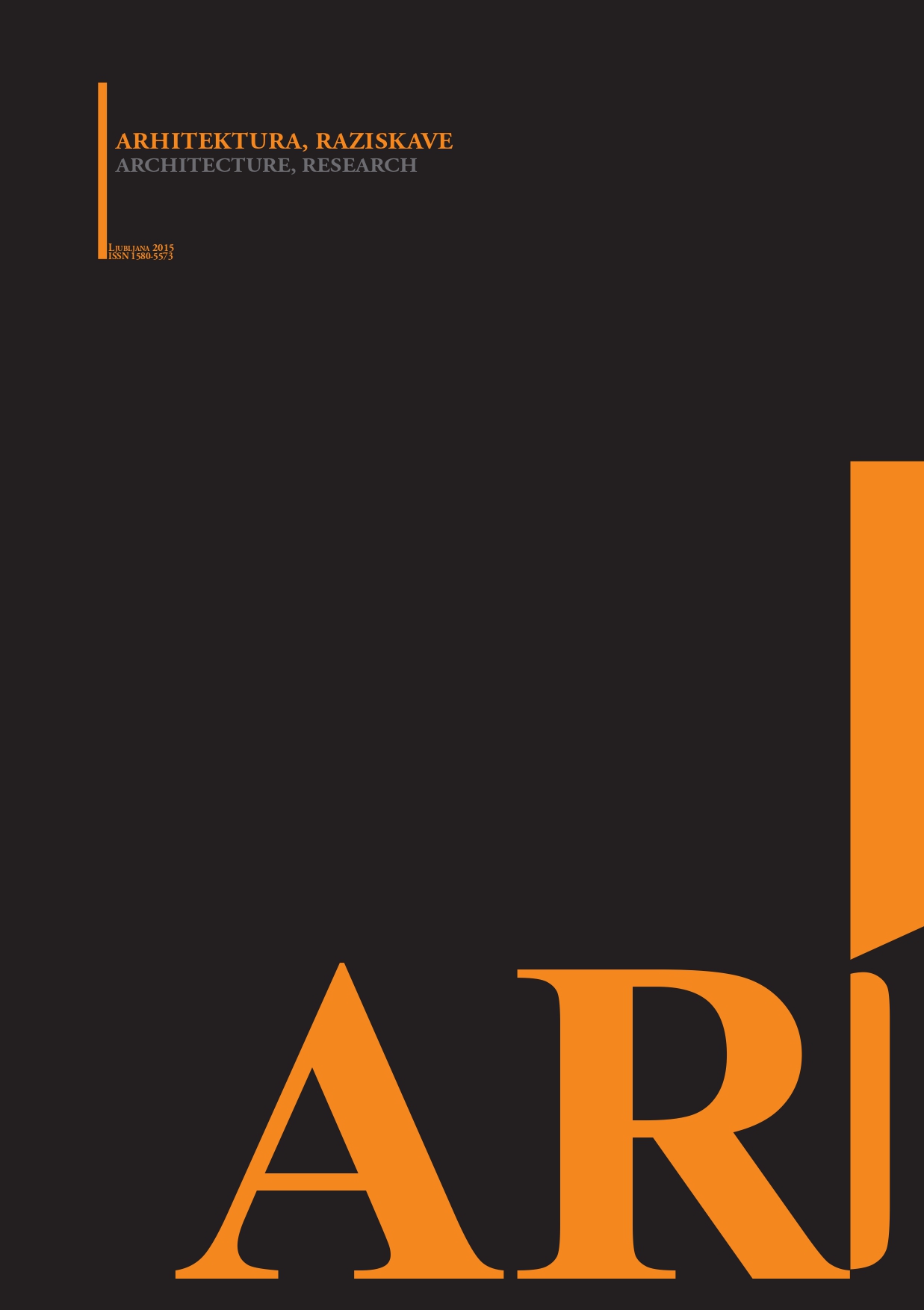THE USE OF STATISTICAL METHODS IN FLEXIBLE HOUSING DESIGN
THE USE OF STATISTICAL METHODS IN FLEXIBLE HOUSING DESIGN
Author(s): Matej Blenkuš, Saša PopovičSubject(s): Architecture, Methodology and research technology
Published by: Fakulteta za arhitekturo, Univerza v Ljubljani
Keywords: statistical methods; housing design; correlation analysis; percentile rank;
Summary/Abstract: The article presents the design tools that were developed using common statistical methods. The design tools are grounded on assumption, that flexible housing design should include the specific pieces of data obtained from its future users or residents. Presented design tools are split into two groups. The first group of tools helps to identify the maximum and reasonable scope of variability in the specific living properties and spatial characteristics that housing design and construction should allow. In other words it answers how much variability and flexiblitiy we really need. The second group of tools is focused on the aspect of the individual user. How and how much does the user differ from the average? What are the user's particularities? Five major spatial properties were taken into consideration: lightness of space, noisiness, vivacity, size, and publicity. The parameters were selected from a much bigger list of personal spatial descriptors in order to simplify the tools that were designed in previous studies. Statistical methods proved to be efficient enough in determining the assumed differences. Due to their simplicity and mechanical logic they can be used in various kinds of professional software or applications dealing with flexible housing design when there is a need to include a future user into a design process.
Journal: AR Arhitektura, raziskave
- Issue Year: 2015
- Issue No: 1
- Page Range: 6-15
- Page Count: 10
- Language: English

